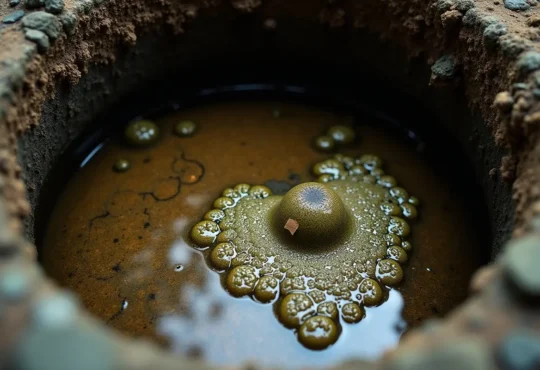
Why Won’t My Toilet Flush?
Ever faced that dreaded moment when you’re wondering, “Why won’t my toilet flush?” A toilet that refuses to cooperate is more than just an inconvenience; it can quickly escalate into a plumbing nightmare. Fear not, for in a moment we will unravel the mysteries behind this vexing conundrum and equip you with the knowledge to restore your throne’s regal flushing prowess.
Contents
Anatomy of a Toilet
Before we delve into the potential causes and solutions, let’s take a moment to understand the intricate anatomy of a toilet. This unassuming fixture consists of several key components that work in harmony to facilitate a smooth and efficient flush.
Tank
The tank is the heart of the toilet, housing the water reservoir and the flushing mechanism. Within its confines, you’ll find the flapper, the flush valve, the overflow tube, and the refill valve – all playing crucial roles in the flushing process.
Bowl
The bowl is the visible portion of the toilet, where the magic happens. It’s designed to channel water and waste through a series of strategically placed holes, known as rim jets, which create a swirling vortex to effectively clear the contents.
Trap
The trap is a curved section of the toilet’s drainage system, designed to hold a small amount of water and prevent noxious sewer gases from entering your living space. However, this curvature can also become a prime spot for clogs to form, hindering the flushing process.
Flange
The flange is the connection point between the toilet and the drain pipe, ensuring a secure and watertight seal. Any issues with the flange can lead to leaks, clogs, and ultimately, a toilet that won’t flush.
Common Culprits Behind a Stubborn Flush
Now that we’ve acquainted ourselves with the toilet’s anatomy, let’s explore the potential reasons why your throne might be refusing to cooperate.
1. Clogged Trap or Drain Line
One of the most common culprits behind a toilet that won’t flush is a clog in the trap or drain line. This obstruction can be caused by a buildup of toilet paper, foreign objects, or even a buildup of hair and debris over time. When the clog becomes severe, it can prevent water and waste from flowing freely, resulting in a weak or non-existent flush.
2. Low Water Level in the Tank
If the water level in the tank is insufficient, the toilet won’t have enough water pressure to generate a powerful flush. This issue can arise due to a faulty refill valve, a misaligned float, or a leak in the tank itself.
3. Worn or Misaligned Flapper
The flapper is a crucial component that controls the flow of water from the tank to the bowl. If the flapper is worn, cracked, or misaligned, it can prevent a proper seal, causing water to trickle into the bowl instead of a forceful flush.
4. Faulty Flush Handle or Chain
The flush handle and chain are responsible for lifting the flapper and initiating the flushing process. If the handle is loose or the chain is tangled or incorrectly adjusted, it can prevent the flapper from lifting properly, resulting in a weak or incomplete flush.
5. Clogged Rim Jets
The rim jets, located under the rim of the toilet bowl, are designed to distribute water evenly during the flushing process. However, if these jets become clogged with mineral deposits or debris, it can disrupt the water flow and compromise the flushing power.
6. Low Water Pressure
In some cases, the issue may not be with the toilet itself but rather with the water supply. Low water pressure can prevent the tank from filling up adequately, leading to a weak flush.
7. Outdated or Low-Flow Toilet
Older or low-flow toilets may not have the flushing power required to effectively clear the bowl, especially if they’re not well-maintained or if the water pressure is low.
Troubleshooting Techniques: Restoring Your Toilet’s Flushing Might
Now that we’ve identified the potential causes, let’s explore some troubleshooting techniques to help you restore your toilet’s flushing prowess.
Unclogging the Trap or Drain Line
If you suspect a clog is the culprit, your first line of defense should be a trusty plunger. Apply firm, steady plunges to dislodge the obstruction and allow water to flow freely. If the plunger fails to resolve the issue, you may need to use a toilet auger or snake to reach deeper into the drain line and clear the clog.
Adjusting the Water Level
If the water level in the tank is too low, you’ll need to adjust the refill valve or float mechanism to ensure the tank fills to the appropriate level. Consult your toilet’s manual or seek professional assistance if you’re unsure about the proper adjustment process.
Replacing the Flapper
With the right steps, you can replace a worn or cracked flapper with a simple, inexpensive replacement part. Turn off the water supply, flush the toilet to drain the tank, and then remove the old flapper. Install the new flapper, ensuring it’s properly aligned and creates a tight seal when closed.
Checking the Flush Handle and Chain
Inspect the flush handle for any looseness or damage, and ensure the chain is properly attached and adjusted. The chain should have enough slack to allow the flapper to lift fully during the flush but not so much that it becomes tangled or prevents the flapper from closing properly.
Cleaning the Rim Jets
To clear clogged rim jets, you can try pouring a solution of vinegar and baking soda into the overflow tube and letting it sit for a few hours. This can help dissolve mineral buildup and debris. After the allotted time, flush the toilet several times to rinse the jets thoroughly.
Addressing Low Water Pressure
If low water pressure is the root cause, you may need to consult with a plumber to inspect your home’s water supply system and identify any potential issues. In some cases, installing a pressure-boosting device or adjusting the water pressure regulator can resolve the problem.
Upgrading to a New Toilet
If your toilet is outdated or simply lacks the flushing power you need, it may be time to consider upgrading to a newer, more efficient model. Modern toilets conserve water while still providing a powerful flush, ensuring your throne remains regal and efficient.
Preventing Future Flushing Failures
While addressing the immediate issue is crucial, it’s equally important to take preventative measures to avoid future flushing failures. Here are some tips to keep your toilet functioning at its best:
- Be mindful of what you flush: Avoid flushing non-biodegradable items, such as wipes, feminine hygiene products, or excessive amounts of toilet paper, as these can contribute to clogs.
- Perform regular maintenance: Periodically inspect the tank components, clean the rim jets, and consider replacing the flapper and other parts as needed to ensure optimal performance.
- Consider a toilet cleaning routine: Incorporate a toilet cleaning routine into your household chores to prevent mineral buildup and keep the bowl and jets free of debris.
- Address leaks promptly: If you notice any leaks or water pooling around the toilet base, address the issue immediately to prevent further damage and potential clogs.
Seeking Professional Assistance
While many toilet flushing issues can be resolved with a bit of DIY effort, there may be instances where professional assistance is required. If you’ve exhausted all troubleshooting options or if the problem persists, don’t hesitate to consult a licensed plumber.
Dealing with a toilet that won’t flush can be a frustrating and unpleasant experience, but with the right knowledge and approach, you can overcome this plumbing challenge. Understanding causes, troubleshooting, and taking preventative measures ensures your toilet remains reliable and efficient for years.
FAQ
How do I fix a toilet that won’t flush?
Start by checking for clogs in the trap or drain line and using a plunger or auger to dislodge any obstructions. If that doesn’t work, inspect the tank components like the flapper, flush handle, and water level. Make necessary adjustments or replacements.
Why is my toilet not flushing but filling with water?
If this happens, a faulty flapper or flush valve might be the issue. Inspect and replace the flapper if it’s not sealing properly. Check for obstructions preventing the flush valve from closing completely.
How to force a toilet to flush?
Try pouring a bucket of water into the bowl to force a flush. This can dislodge minor clogs but is a temporary fix. Always investigate and address the root cause.
Why won’t my toilet flush even after plunging?
Toilet not flushing even after plunging may indicate a severe clog deeper in the drain line. You might need a toilet auger or snake to clear it. Seek professional help for expert diagnosis and repair if the problem persists.
Why do I have to plunge my toilet every time I flush?
Constant plunging indicates a recurring clog or obstruction in the drain line, caused by debris buildup, tree roots, or significant plumbing issues. Addressing the root cause is crucial to prevent further inconvenience and damage.

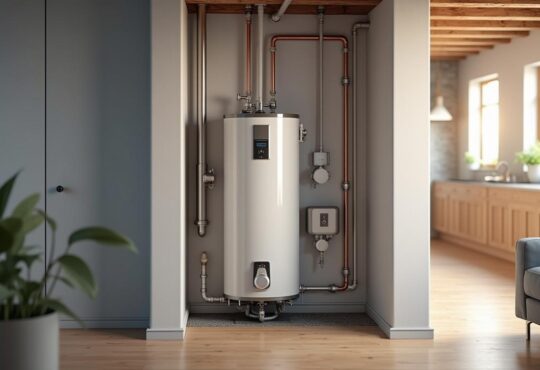
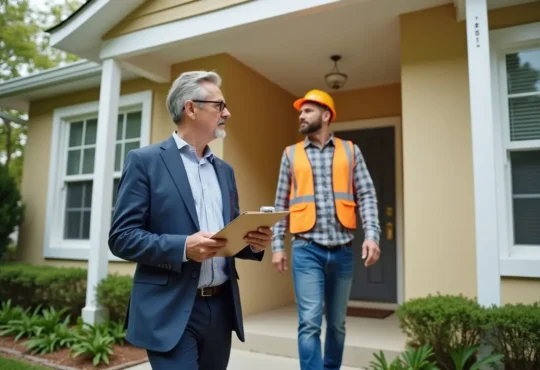
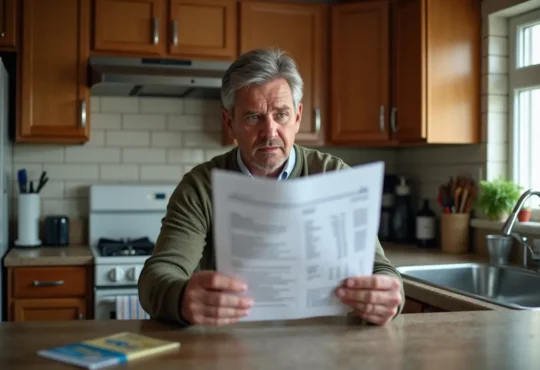
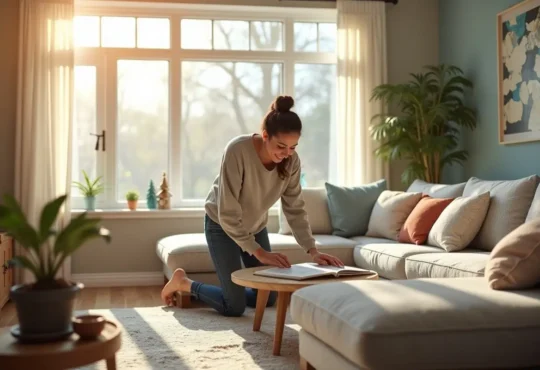
 Hi I'm Joe.
Hi I'm Joe. 